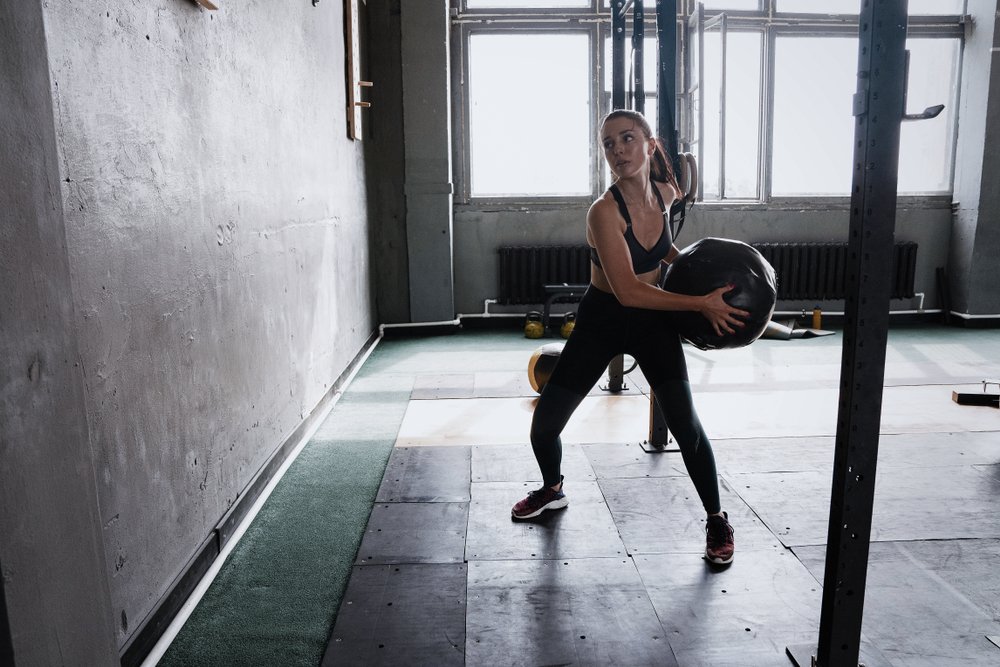Primary Movements
Primary movements are basic, fundamental movements that are essential for overall physical health and fitness. They include movements such as pushing, pulling, squatting, hinging, and carrying. These movements are important for boxing fitness because they are the foundation for more advanced movements and skills.
Pushing movements involve moving an object away from the body, such as a push-up or a shoulder press. These movements are important for boxing fitness because they can help improve upper body strength and power, which is essential for throwing punches in the ring.
Pulling movements involve moving an object towards the body, such as a pull-up or a row. These movements are important for boxing fitness because they can help improve upper body strength and muscle balance, which is essential for maintaining proper technique and posture in the ring.
Squatting movements involve moving the body down and up from a squatting position, such as a bodyweight squat or a barbell squat. These movements are important for boxing fitness because they can help improve lower body strength and power, which is essential for generating force and power in punches and footwork.
Hinging movements involve moving the body around a pivot point, such as a deadlift or a kettlebell swing. These movements are important for boxing fitness because they can help improve hip and lower body strength, which is essential for maintaining proper technique and power in punches and footwork.
Carrying movements involve holding and carrying an object, such as a farmer's carry or a suitcase carry. These movements are important for boxing fitness because they can help improve overall body strength and stability, which is essential for maintaining proper technique and power in punches and footwork.
Overall, primary movements are an important aspect of boxing fitness that should not be overlooked. They are the foundation for more advanced movements and skills and are essential for overall physical health and fitness.
The American Council on Exercise (ACE) lists five primary movements that encompass all activities of daily living:
Bend-and-lift movements
Single-leg movements
Pushing movements
Pulling movements
Rotational movements
Below are five examples for each of the five primary movements:
Bend-and-lift movements
Example: Deadlift
Stand with the feet hip-width apart with a bar at mid-shin height.
Bend from the hips (not the waist), and bend the knees slightly, keeping a neutral spine.
Grab the bar with an overhand grip and with the shoulders over the bar.
Pull the shoulders back and engage the core.
Lift the bar until standing, driving the hips forward, keeping the bar 1 inch to body, and engaging the gluteus muscles.
Return the bar to the floor.
Single-leg movements
Example: Lunge
Stand with the feet hip-width apart.
Step forward with one foot until your leg reaches a 90-degree angle.
Lift your front lunging leg to return to the starting position.
Continue the movement, alternating legs.
Pushing movements
Example: Push-up
Get down on all fours, placing your hands slightly wider than your shoulders.
Straighten your arms and legs.
Lower your body until your chest nearly touches the floor.
Pause, then push yourself back up.
Repeat.
Pulling movements
Example: Standing Row or ‘Face Pull’
Stand with a cable set up at chest height.
Grab the rope attachment with an overhand grip.
Step back and stand with a shoulder-width stance, shoulders relaxed.
Pull the rope towards the face, keeping the elbows high.
Engage the upper back muscles, and maintain a neutral spine.
Return the arms to an extended position.
Rotational movements
Example: Medicine Ball Throw
Pick up a medicine ball and stand side-on to a wall with the feet shoulder-width apart.
Turn away from the wall, with the medicine ball hip-height.
Rotate towards the wall, driving from the hips, pivoting on the feet, releasing the medicine ball towards the wall.
References
McCall, P., 2013. Training Movements, Not Muscles. [online] Acefitness.org. Available at: <https://www.acefitness.org/education-and-resources/lifestyle/blog/3615/training-movements-not-muscles/> [Accessed 12 October 2021].





